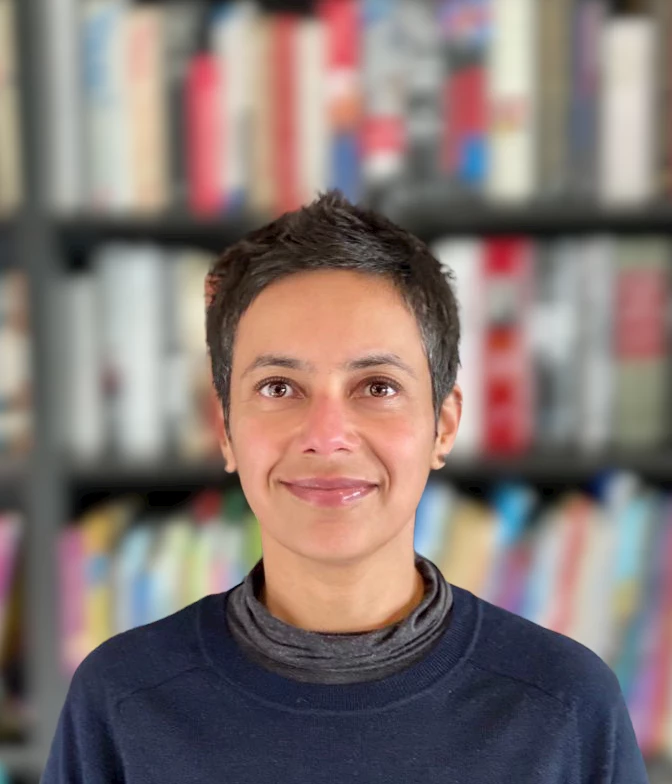
Arvind Panagariya and I decided to investigate these claims – see here and here. We ask simple questions relating to the evolution of poverty in the post-reform era in India. How have poverty levels changed over the last few decades? We scrutinize changes across 6 different dimensions: (1) over time, (2) across states, (3) across rural and urban regions, (4) across social groups, (5) across religious groups, and (6) using different poverty lines. We find no basis whatsoever for claims that growth in India has left disadvantaged communities behind.
Poverty in India has declined between 1993-94 and 2009-10 along each one of the 6 dimensions. In fact, poverty fell for each social group (Scheduled Caste, Scheduled Tribe and Other Backward Caste) and each religious group (Hindu, Muslim, Christian, Others), in every state, in rural areas and in urban areas. The reduction in poverty has been accomplished alongside accelerating growth rates between 2004-05 and 2009-10.
Importantly, and returning to the main point of contention, poverty reduction between 2004-05 and 2009-10 was larger for Scheduled Castes and Scheduled Tribes than other caste groups. Thus, the gap in poverty rates between the socially disadvantaged and upper caste groups has narrowed over time. This pattern provides clear evidence to refute the claim that reforms and growth have failed to help the socially disadvantaged or that they are leaving these groups behind. A continuation of this trend, helped along by further reforms and higher growth rates, would help eliminate the difference in poverty rates between the disadvantaged and the privileged.
Inter-state comparisons reveal that states with large SC and ST populations face a more uphill task with regards to combating poverty. The point is most forcefully brought out by a comparison of Punjab and Kerala. The two states have very similar poverty rates by social groups in 2009-10. But because the poverty rates for the SC are higher than those for non-SC in both states, and because the SC account for a much larger proportion of its population, the aggregate poverty rate in Punjab turns out to be significantly higher.
Religious groups replicate the broad pattern seen in the context of poverty by social groups. Poverty has fallen in every single state between 1993-94 and 2009-10 for Hindus as well as Muslims though the change is not always monotonic. While the level of poverty in 2009-10 is higher for Muslims than Hindus in the majority of the states, the reverse is true in Bihar, Tamil Nadu, Madhya Pradesh and Karnataka. An anomaly is the marginal increase in the poverty rate from 2004-05 to 2009-10 in Bihar for Hindus and in Gujarat for Muslims, although these unexpected trends were reversed in 2011-12 – see here.
Finally, to the extent that a relationship exists between inequality and poverty, it suggests that more unequal states enjoy lower levels of poverty. Kerala offers the most dramatic example in this respect. It has had one of the highest Gini coefficients in rural as well as urban areas and also one of the lowest poverty ratios in both regions.
There are those who are poor and those who live in extreme poverty – the extent of poverty matters. This is important, especially with regard to debates about redistribution, and the aim should be to delve deeper into these and other issues in the future. The hope behind this and other on-going research is that by providing poverty estimates for various time periods, social and religious groups, states, urban and rural areas, future policy debates will be based on fact.


Join the Conversation